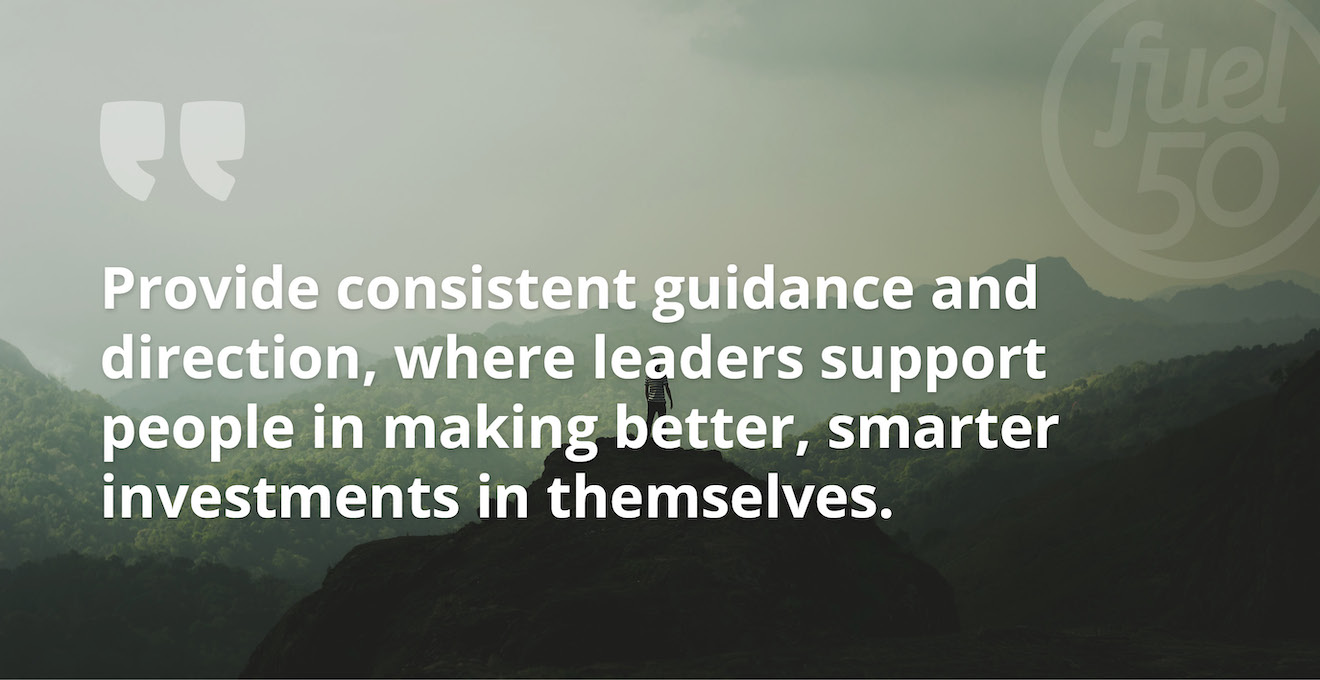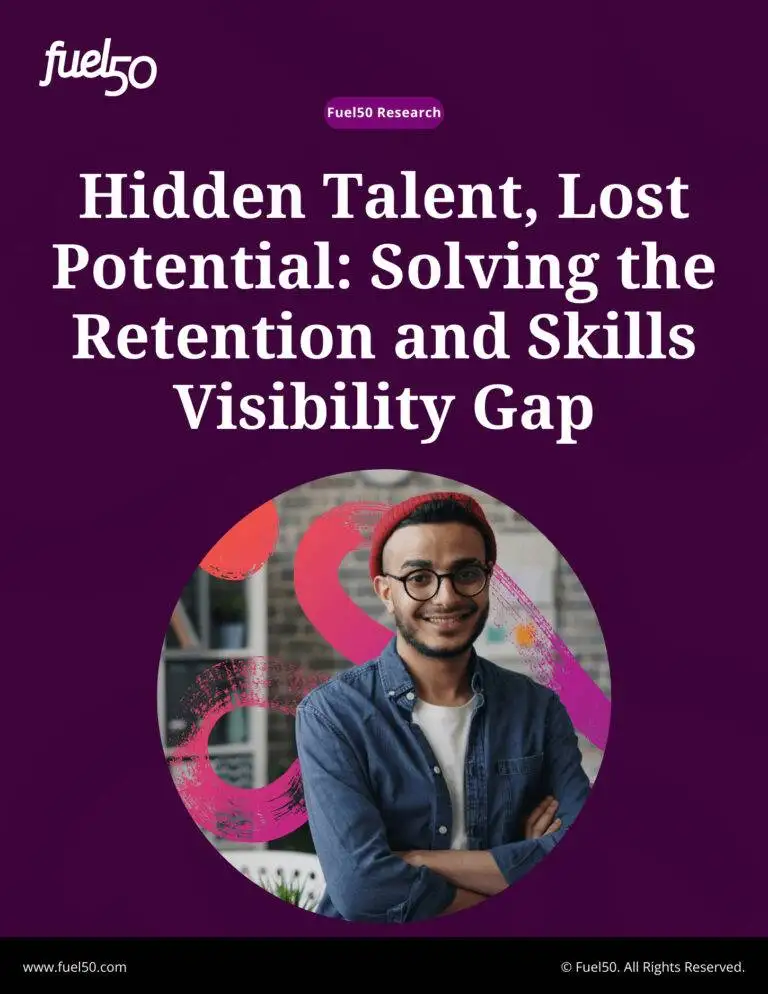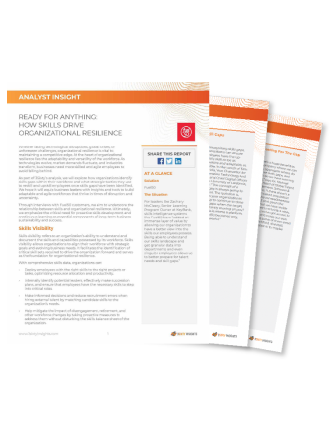When it comes to smart leadership, one thing stands out: People have been talking about it for a long time — all the way back to Aristotle.
Even the late, great Peter Drucker, considered by many to be “the father of modern management,” weighed in on it when he famously noted that “Management is doing things right; (but) leadership is doing the right things.”
That is all well and good, but it doesn’t address what smart leadership looks like today in the 21st Century, because Drucker and Aristotle aside, there doesn’t seem to be a good definition of what smart leadership today really is.
There are, however, several people who have some insight and perspective on what a smart leadership style looks like today. Here are two (2) examples:
Traklight CEO Mary Juetten writes in Forbes that,
What makes for smart leadership, and what successful companies have understood, is that (smart) leadership is whatever is needed by those being led; it’s up to you and your fellow leaders to rise to meet that need.
That is a GREAT definition of smart leadership, but another CEO also writing in Forbes — Matei Gavril of PrMediaOnline — has a slightly different perspective:
“Smart leadership is about listening to your people. The customers who buy from you, the prospects who could be buying from you, and your employees. You know, the ones you hired to do a job? If you’re not taking advantage of their expertise in a certain field, your investment in their talent isn’t paying off.
Worse still, you generate a culture in which your employees fail to contribute their ideas. They don’t tell you the problems they’re facing on the front line with your customers, and they start to become unproductive and disengaged.”
What are the qualities of smart leadership?
Mark Miller started working in the warehouse as the 16th employee at Atlanta-based Chick-fil-A, and 20 plus years later, he is still there and serves as Vice President of High Performance Leadership. He has also penned a book titled “Smart Leadership: Four Simple Choices to Scale Your Impact.” He writes:
“Our team spent the last couple of years trying to figure out how Smart Leaders orchestrated their escape. The good news for all of us: the path to increased impact is paved with four simple choices. Smart leaders …
- Confront Reality to stay grounded in truth and lead from a position of strength.
- Grow Capacity to meet the demands of the moment and the challenges of the future.
- Fuel Curiosity to maintain relevance and vitality in a changing world.
- Create Change today to ensure a better tomorrow.”
Fuel50’s Global Talent Mobility Best Practice Research found that there are other, similar behaviors that leaders also need to demonstrate to help support employee development — the essence of post-pandemic smart leadership. They include:
- Creating a learning culture, where leaders lead by example and are seen to be developing themselves; encourage internal mobility; and ensure that the organization’s strategic vision and priorities are reflected and embedded in opportunities made available to employees.
- Emphasize fairness by focusing on diversity & inclusion, where leaders distribute projects and learning opportunities in a fair and transparent manner; and actively address diversity risk factors within their team.
- Provide consistent guidance and direction, where leaders support people in making better, smarter investments in themselves; and identify the most appropriate ways to address the developmental needs of their team.
- Regularly assign learning and development opportunities, where leaders assign training and development to their teams (and employees); provide stretch assignments that allow team members to grow their strengths; and draw relevant internal growth opportunities to the attention of their team members.

Coaching and the pursuit of the “noble purpose”
Coaching is at the heart of modern, smart leadership. And a recent Fuel50 article on coaching made this clear:
“The world has changed. Today’s employees want a manager who is invested in their personal and professional development. They want frequent feedback — and opportunities to do more of what they do best. They want to consistently grow as they pursue a compelling purpose. In this new world, the best path to an exceptional employee experience — not to mention, high performance — is for employees to have a coach, not a boss.”
Hubert Joly, who engineered a dramatic transformation of the ailing electronics retailer Best Buy, has a perspective on coaching and smart leadership that is similar to what Mark Miller of Chick-fil-A talks about.
McKinsey recently published an interview with Joly with a preface that says that Joly, “built a reputation over time as one of the business world’s most visible advocates of defining a business’s reason for being with social purpose and people as a guiding star. … Joly’s experience reflects the challenges and opportunities inherent in mobilizing customers, vendors, and other stakeholders in pursuit of what he calls the ‘noble purpose.’”
In this case, “noble purpose” is another way of saying smart leadership.
Here’s what Joly told McKinsey about the pursuit of the “noble purpose,” and how it is simply the drive for what we now see as for smart and purposeful leadership:
“The first thing is to be aware of what drives you as a leader. Be clear about your purpose as a leader, the purpose of the people around you, and how all of this connects with the purpose of the company. If you are driven by power, fame, glory, or money, this is a danger zone. Your role as a leader also is not to be the smartest person in the room and to make sure that everybody around you knows how smart you are. It’s to create an environment in which others can be successful.
We need leaders who lead with all of their body parts: their brain, their heart, their soul, and their gut. Especially in a crisis like we have today with COVID-19, using your instincts and your intuition is also important. So use all of your body parts.
Perfection is very dangerous because you work on a team, and on your team you have other human beings. And guess what? They’re not perfect. They’re making mistakes. Being able to say, ‘My name is Hubert, and I need help,’ is a good exercise that creates a much better outcome.”
The terminology Hubert Joly uses captures the essence of smart leadership in a few well-chosen words and phrases. In fact, what could be smarter leadership than simply aiming to “create an environment where others can be successful”?
Smart leadership? It is about shifting with the environment
Earlier this year, the Harvard Business Review managed to describe smart leadership without ever using that term in an article titled Finding the Right Balance — and Flexibility — in Your Leadership Style. Here is the essence of it:
“A single approach to leadership, whether traditional or emerging, is not going to meet the myriad of challenges that today’s leaders face
Thus, rather than perfecting a “leadership sweet spot,” a leader needs to develop and broaden his or her “leadership sweet range.” The wider this range becomes, the more effective or versatile the leader will be…
The time has passed when a precisely sharpened set of leadership skills was enough to steer an organization into the future. The Covid-19 pandemic has taught us that leaders who are able to pivot their approaches perform better than those who can do a few things very well…
Leaders need to experiment with different behaviors and approaches, learning over time which ones are right for a given context, as well as amassing new behavioral experiences. This is a learning loop wherein they enact a behavior and then reflect back on the situation to understand what went well, what didn’t, and how to improve for the future.”
In the post-pandemic world, agility and flexibility will be key for leaders as they adjust their style to the ever-changing needs of the people they are leading.
Aristotle knew this; and Drucker did too. Smart leadership for them back then, as it is for us today, was about being flexible, agile, and responding smartly to the current conditions we are faced with.
It is “doing the right things” as Drucker put it, and although that is simple to say it is hard to do. Shifting with the environment, as HBR puts it, is still the key – for the smart leaders who are wise enough to know it.












